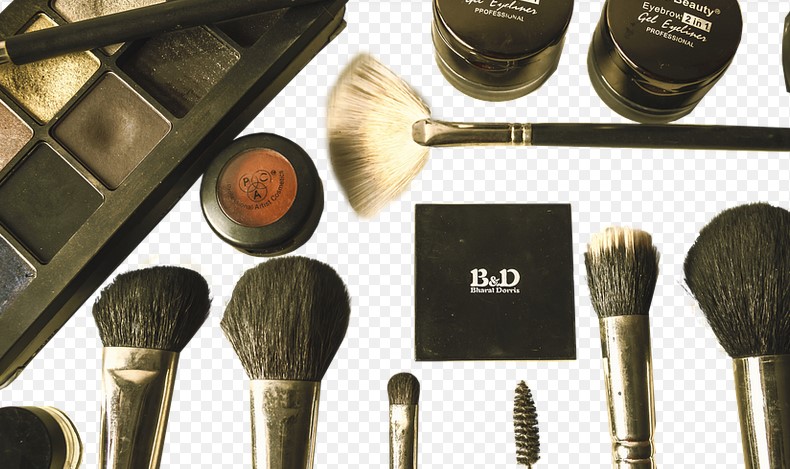Introduction
Petroleum jelly is a popular skincare product that has been used for decades. It is a byproduct of the oil refining process and is also known as petrolatum, mineral oil, or soft paraffin. People use petroleum jelly for various purposes, including moisturizing dry skin, protecting wounds, and preventing chafing. However, there is a common question that arises about petroleum jelly: is it hydrophobic?
What is Hydrophobic?
Before we dive into whether petroleum jelly is hydrophobic or not, let’s first understand what hydrophobic means. Hydrophobic is a term used to describe substances that repel water. In simpler terms, hydrophobic substances do not mix with water and tend to stay separate from it.
What is Petroleum Jelly?
Petroleum jelly is a semi-solid mixture of hydrocarbons that are derived from petroleum. It is primarily composed of long-chain hydrocarbons that have a high molecular weight. Petroleum jelly has a melting point of around 37°C and is insoluble in water.
Is Petroleum Jelly Hydrophobic?
Yes, petroleum jelly is hydrophobic. The long-chain hydrocarbons in petroleum jelly do not have any polar groups that can interact with water molecules. Therefore, petroleum jelly repels water and does not mix with it.
How Does Hydrophobicity Affect Petroleum Jelly’s Properties?
The hydrophobic nature of petroleum jelly gives it some unique properties that make it useful for various applications. For example, because it repels water, petroleum jelly is an excellent barrier against moisture. This property makes it useful for protecting wounds and preventing diaper rash.
Other Properties of Petroleum Jelly
Apart from being hydrophobic, petroleum jelly has several other properties that make it useful for skincare. It is an emollient, which means it helps to soften and soothe the skin. It also has occlusive properties, which means it forms a barrier on the skin that prevents moisture loss.
Uses of Petroleum Jelly
Petroleum jelly has various uses in skincare. It is commonly used as a moisturizer for dry skin, especially during the winter months. It is also used for protecting wounds, preventing chafing, and soothing diaper rash. Some people also use petroleum jelly as a makeup remover or to prevent hair dye from staining the skin.
Is Petroleum Jelly Safe?
Petroleum jelly is generally considered safe for use in skincare. However, some people may be allergic to it, and it can cause skin irritation or clog pores in some individuals. It is always best to do a patch test before using petroleum jelly on a large area of skin.
Conclusion
In conclusion, petroleum jelly is hydrophobic, which means it repels water. This property gives it unique properties that make it useful for various skincare applications, such as protecting wounds and preventing chafing. However, it is essential to remember that petroleum jelly may not be suitable for everyone, and it is always best to do a patch test before using it on a large area of skin.

